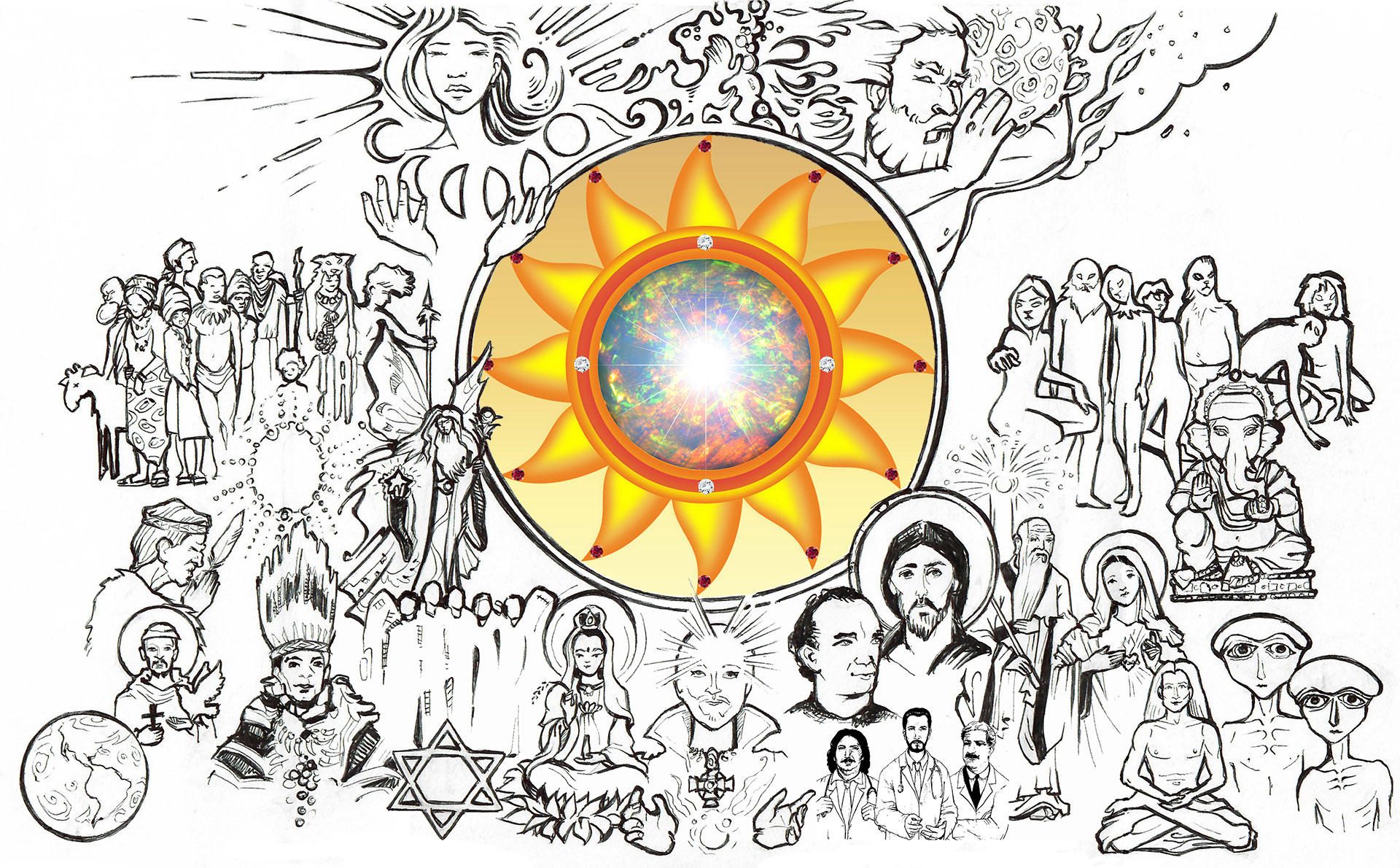




In the past few years, I decided to have my eyes checked at least once a year. This was mainly because regular cheap reading glassed did not work for me any longer, as I had developed some astigmatism.
So, during my check about two years ago, I was told I had cataracts in both eyes and they were categorized as a number one and a half. That is really not that bad, on a scale form 1 – 4.
Laurie Chaikin received her MS in Occupational Therapy in 1983 and her Doctor of Optometry degree from UC Berkeley in 1993. By integrating her knowledge and interest in vision and neurological rehabilitation Dr. Chaikin has created a unique practice that represents a merging of both disciplines. Her current professional interests focus on identification and treatment of visual problems in patients following stroke and traumatic brain injury, visually related learning problems of children, and low vision rehabilitation.
I asked her if she had any tricks to avoid surgery. She said yes, but that she needed to receive a complete report on my eyes. For me that was easy, because I just had my eyes checked. I knew my prescription, eye pressure and cataract classification.
We had a consult, and she determined that I had age-related cataracts. So, she put me on a program. She prescribed me Ocufolin, a nutritional supplement (a medical food) she has available, that supports the eyes and the brain, and she gave me a script for Rowen Formula drops. One drop in each eye three times a day.
Rowen drops are a formula developed by a person named Dr. Rowen that contain 6% DMSO, Vitamin C and glutathione in a saline solution. It had to have it compounded in a pharmacy.
However, recently when I wanted to renew my script a third time, I was told that they did not compound DMSO products any longer. But during that last year I met someone who is very excited about DMSO, and he told me he made his own eyedrops.
So, I decided to do this as well. I did some research, and found that the body can take greater concentrations than the 6% in the Rowen formula. I had also been exposed to Quinton Isotonic water. In Canada it is called BiOcean. It is an isotonic ocean water solution that resembles the blood plasma and tears in the eyes very closely. Isotonic means 0.9% saline solutions. Quinton water was used during World War II as a replacement for blood in transfusions.
I you need to keep your eyes and nasal passages moist; this is by far the best way to do it.

So, I mix 25% DMSO 99% pure and 75% Quinton water and use that as eye drops.
This worked really well, because when I went to have my eyes checked just a few days ago, my cataracts were completely gone.
Being a medical intuitive, I would say that both the eye drops and the supplement contributed equally to my recovery.
I also realized that I was a bit light sensitive, and now I always wear my sunglasses when I go out. I think that helped as well.
You can reach Dr. Laurie Chaikin at her website: www.optorehab.com
In the US you can find Quinton Water here (at 25% discount over retail) : https://wellevate.me/DanielTheHealer
Go to “Products” and do a search on “Quinton Water.” Get the isotonic kind. You can get the “30 ampules” or the 33.8 oz bottle (a way better deal)
If you live in Canada click here: https://www.shopbiocean.com/en/category/biocean-pure-marine-plasma-1000-ml-economy-bottles
Get the isotonic kind.
DMSO pure 99% is available at Amazon and many other places.